Hida Scan Size
HIDA Scan Market Growth Projections and Opportunities
The HIDA (Hepatobiliary Imino-Diacetic Acid) scan market is influenced by various market factors that collectively shape its dynamics and growth trajectory. One of the primary drivers of this market is the increasing prevalence of liver and gallbladder disorders. As the global population ages and lifestyle-related health issues become more prevalent, the demand for diagnostic procedures like HIDA scans, which play a crucial role in assessing liver and biliary system function, is on the rise.
Technological advancements in medical imaging also contribute significantly to the growth of the HIDA scan market. Ongoing innovations in imaging techniques and equipment enhance the accuracy and efficiency of HIDA scans, making them more reliable for diagnosing hepatic and biliary disorders. The continuous development of high-resolution imaging technologies ensures that healthcare providers can obtain detailed and accurate information, leading to better patient outcomes.
Furthermore, the increasing awareness among both healthcare professionals and patients about the importance of early detection and diagnosis drives the demand for HIDA scans. Early detection allows for timely intervention and management of liver and biliary diseases, contributing to better treatment outcomes. As public awareness campaigns and educational initiatives emphasize the significance of preventive healthcare measures, the demand for diagnostic procedures like HIDA scans is expected to grow.
Economic factors also play a role in shaping the HIDA scan market. Investments in healthcare infrastructure and the overall economic development of regions influence the accessibility and affordability of medical services, including diagnostic procedures. Developed economies often have more advanced healthcare systems and a higher prevalence of health insurance coverage, facilitating greater access to HIDA scans.
Regulatory factors also contribute to the market dynamics of HIDA scans. Stringent regulatory requirements and approvals for medical devices, including imaging equipment, impact the market entry of new technologies and products. Compliance with regulatory standards is crucial for manufacturers to ensure the safety and efficacy of HIDA scan equipment, affecting the overall market landscape.
Additionally, the competitive landscape within the healthcare industry affects the HIDA scan market. The presence of key players, their research and development activities, and strategic collaborations influence the market's growth. Technological partnerships and mergers and acquisitions within the medical imaging sector can lead to the introduction of innovative HIDA scan solutions, further propelling market expansion.
Geographic factors also play a role in market variations. Variances in healthcare infrastructure, disease prevalence, and economic conditions among different regions impact the demand for HIDA scans. Developing regions with improving healthcare facilities and rising awareness levels may experience a faster growth rate in HIDA scan utilization compared to well-established healthcare systems.
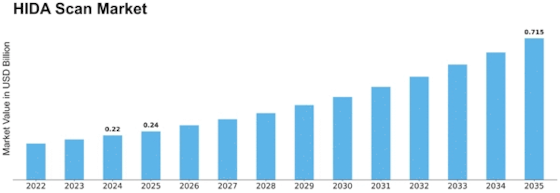

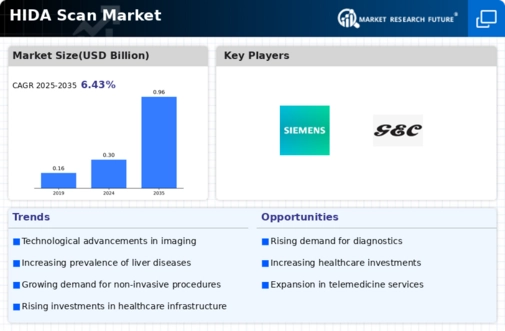
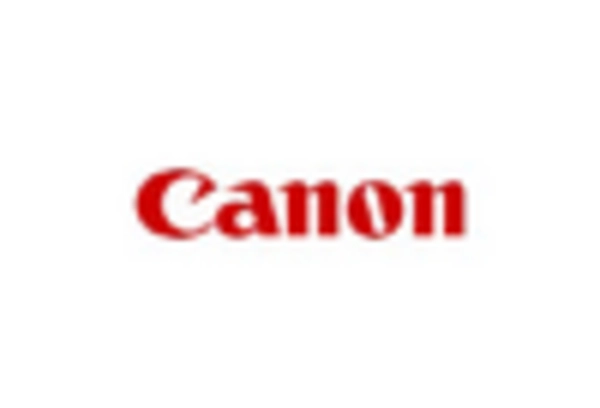
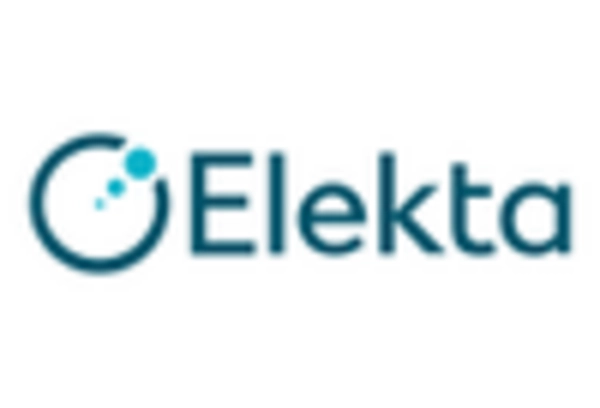
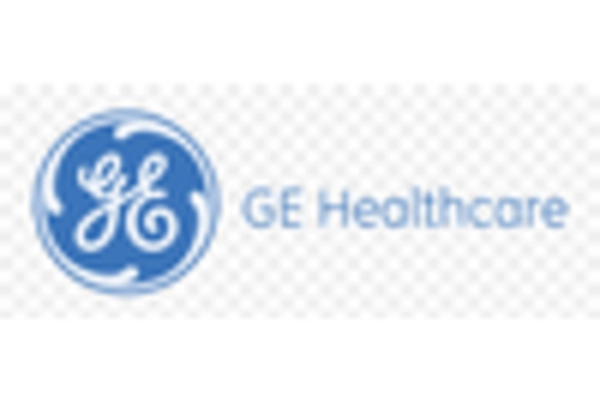
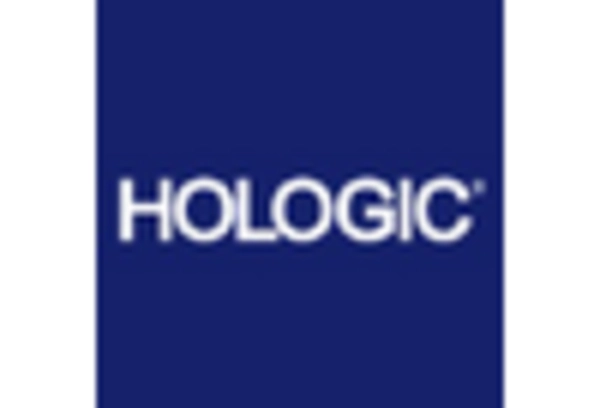
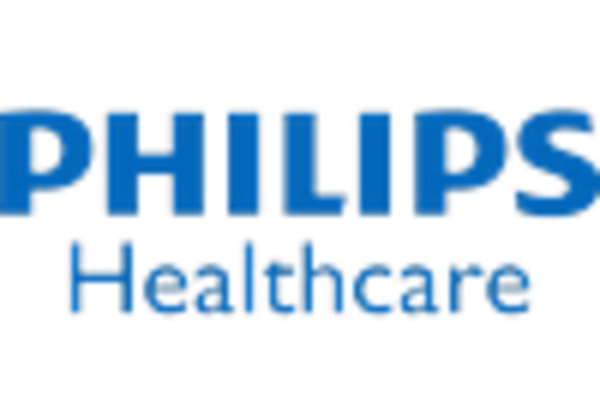
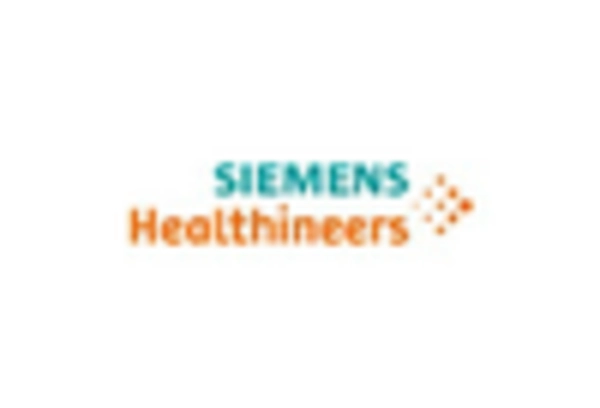









Leave a Comment